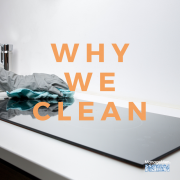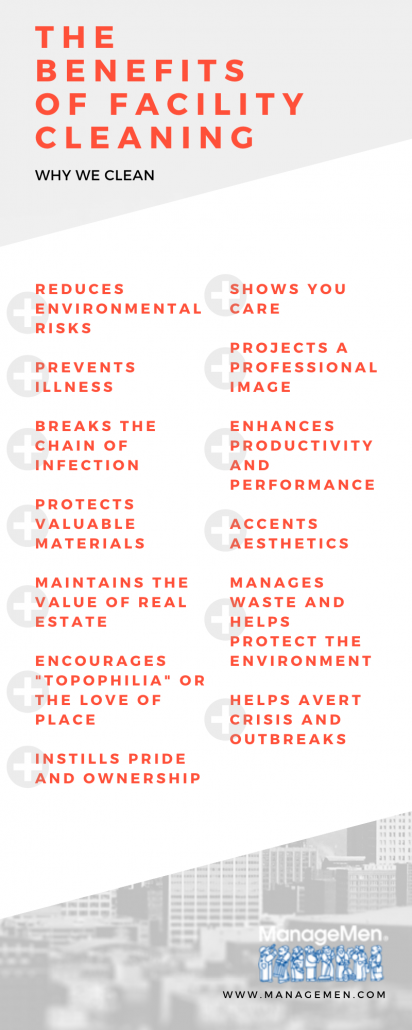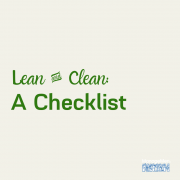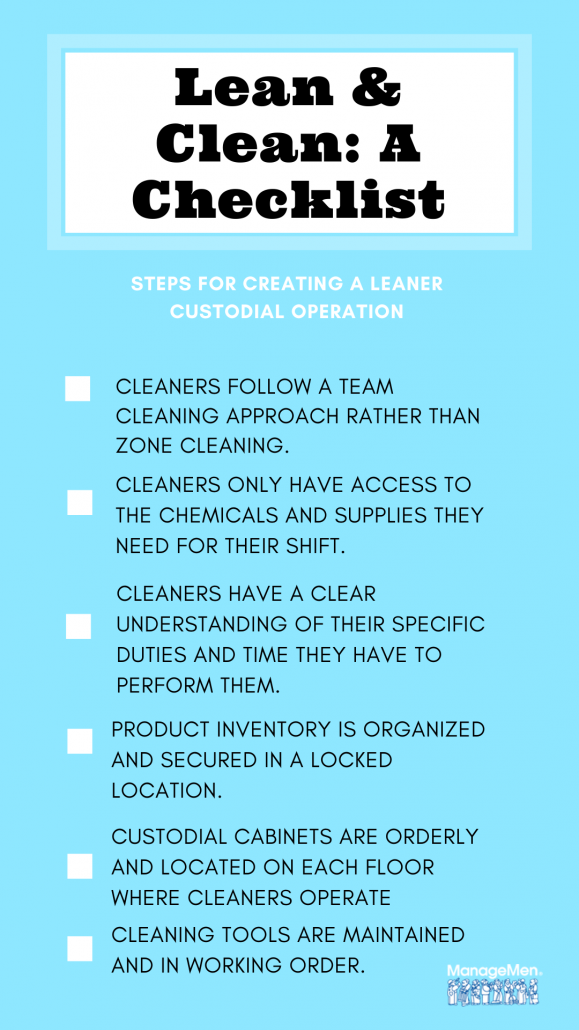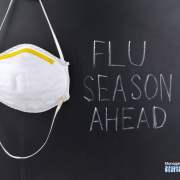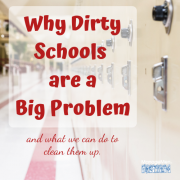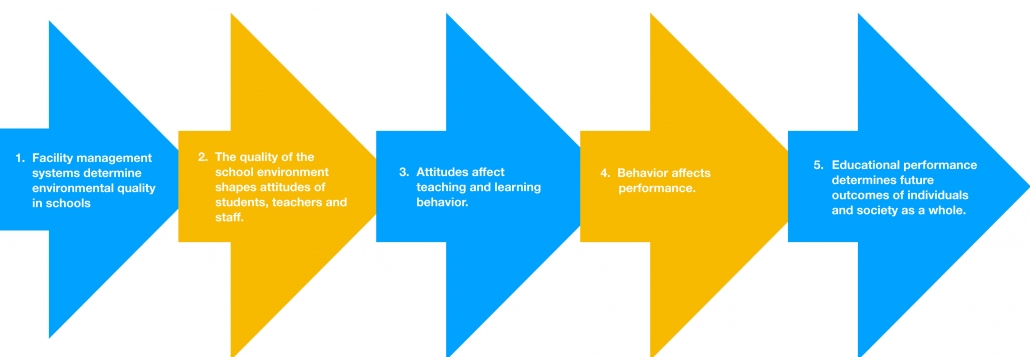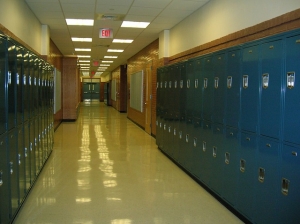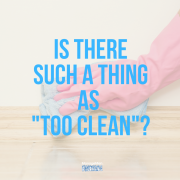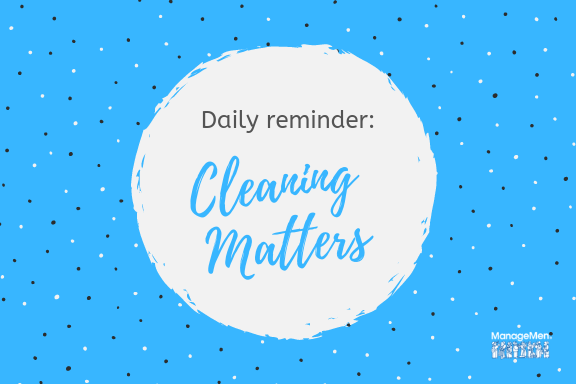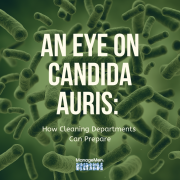Coronavirus Communication: How to Tell Building Occupants, “We’ve Got This”
As the coronavirus continues to dominate headlines, a lot of people have questions about best practices for cleaning and disinfection in public spaces. (OS1)® organizations have a Pandemic Plan in place to prepare for an outbreak of this nature, and are well equipped to handle additional cleaning loads.
To assist (OS1) teams with communicating their plans to key stakeholders and building occupants within their facilities, we’ve developed this sample communication which you can copy to send as an email or print to post in a public area.
Subject: Cleaning for Coronavirus
Dear [building occupant],
With the Coronavirus at the top of everyone’s minds right now, we wanted to brief you on the cleaning practices used within our facility and the pandemic preparedness plans we have in place. Most importantly, we want to reassure you that our organization uses best-in-class cleaning processes to stop the chain of infection and limit the opportunity for pathogens to spread throughout our building.
As you might know, our organization uses the (OS1)® System, which is a comprehensive, high-performance management system for custodial organizations. Each worker within our department has received extensive training and has been certified to complete specialized tasks within the system. They are kitted with special tools and chemicals for their job function, which includes the use of a germicidal cleaner in an outbreak situation.
As a part of our pandemic planning, we have completed or are in the process of completing the following steps to combat the Coronavirus within our facility/facilities:
- Identified all potential routes of transmission.
- Conduct a survey of all direct and indirect contact fomites (high-touch surface areas) throughout our buildings.
- Provide custodial workers with additional training and instruction on proper disinfection protocols.
- Provide custodial workers on Protect Yourself” training so they understand routes of transmission and how to best protect themselves when cleaning.
- Stockpile additional cleaning and disinfection supplies.
It is important to note that at this point, the CDC has not recommended additional disinfection beyond routine cleaning. However, our teams are meeting on a regular basis and are prepared to increase cleaning frequencies when it is deemed appropriate.
We ask for your ongoing cooperation in this effort. Our staff is working diligently to keep high-touch areas cleaned and disinfected, but we encourage you to use wipes placed throughout the building to disinfect community surfaces when cleaning staff aren’t available.
We will continue to monitor the situation and update our cleaning protocols as necessary.
Again, thank you for your continued support and cooperation.
Sincerely,
<<NAME>>
<<TITLE>>
<<PHONE OR EMAIL>>
